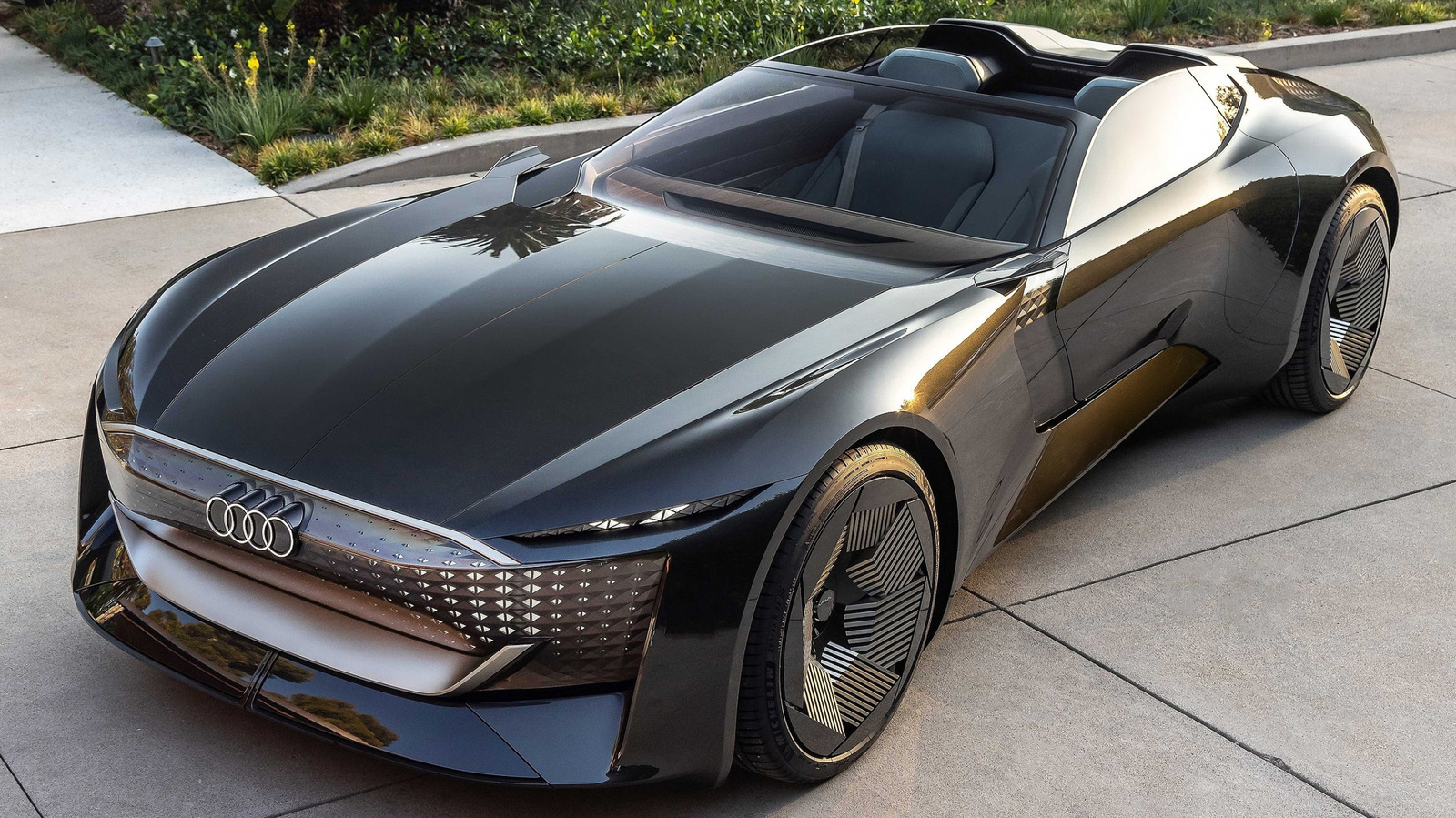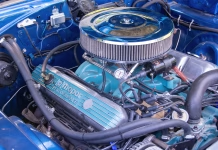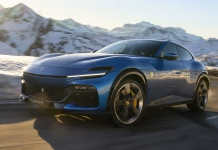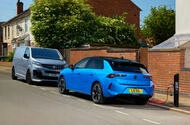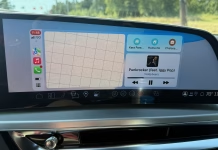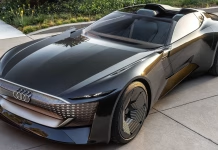What Set Mopar’s 383 Engine Apart from the 340 and 440
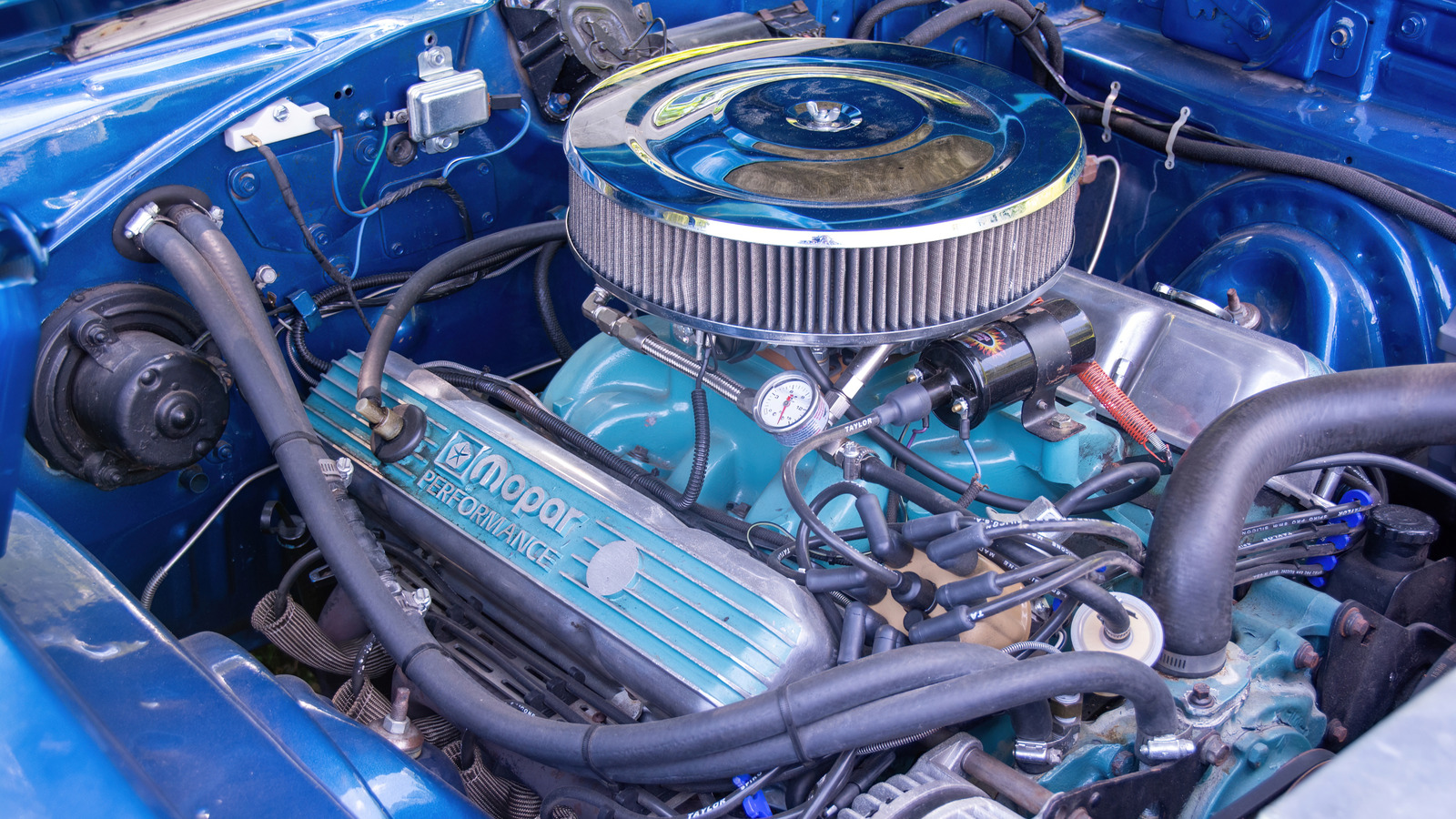
Lotus Evija Shatters Speed Records with Blistering 0 to 217mph Acceleration
 Watch our video on what is one of the fastest electric cars in the world - it reaches 200mph 10 seconds quicker than a Bugatti Veyron Super Sport
Watch our video on what is one of the fastest electric cars in the world - it reaches 200mph 10 seconds quicker than a Bugatti Veyron Super Sport
This is the Lotus Evija and in the near 100 years that Autocar has been fixing timing gear to cars to see how fast they’ll go, no car has ever accelerated as quickly as this. Lotus’s £2m, 2013bhp electric hypercar is astonishingly fast.
Unlike most EVs, which accelerate quickly from rest and then run out of puff, once the Evija gets going, it just keeps going. And going. How fast? It reaches 200mph almost ten seconds quicker than a Bugatti Veyron Super Sport. It takes less than half the time of a McLaren F1. Over a standing kilometre, where the incredibly rapid Lamborghini Revuelto will reach 186mph, the Evija reaches its top speed ... of 217mph.
What does this acceleration look and feel like? And, once you get your head around the acceleration, just what is this hypercar like to drive? Join Matt Prior at Lotus’s test track for the answers in our video by clicking above.
Ferrari Recalls Purosangue SUVs Over Potential Brake Failure Risk
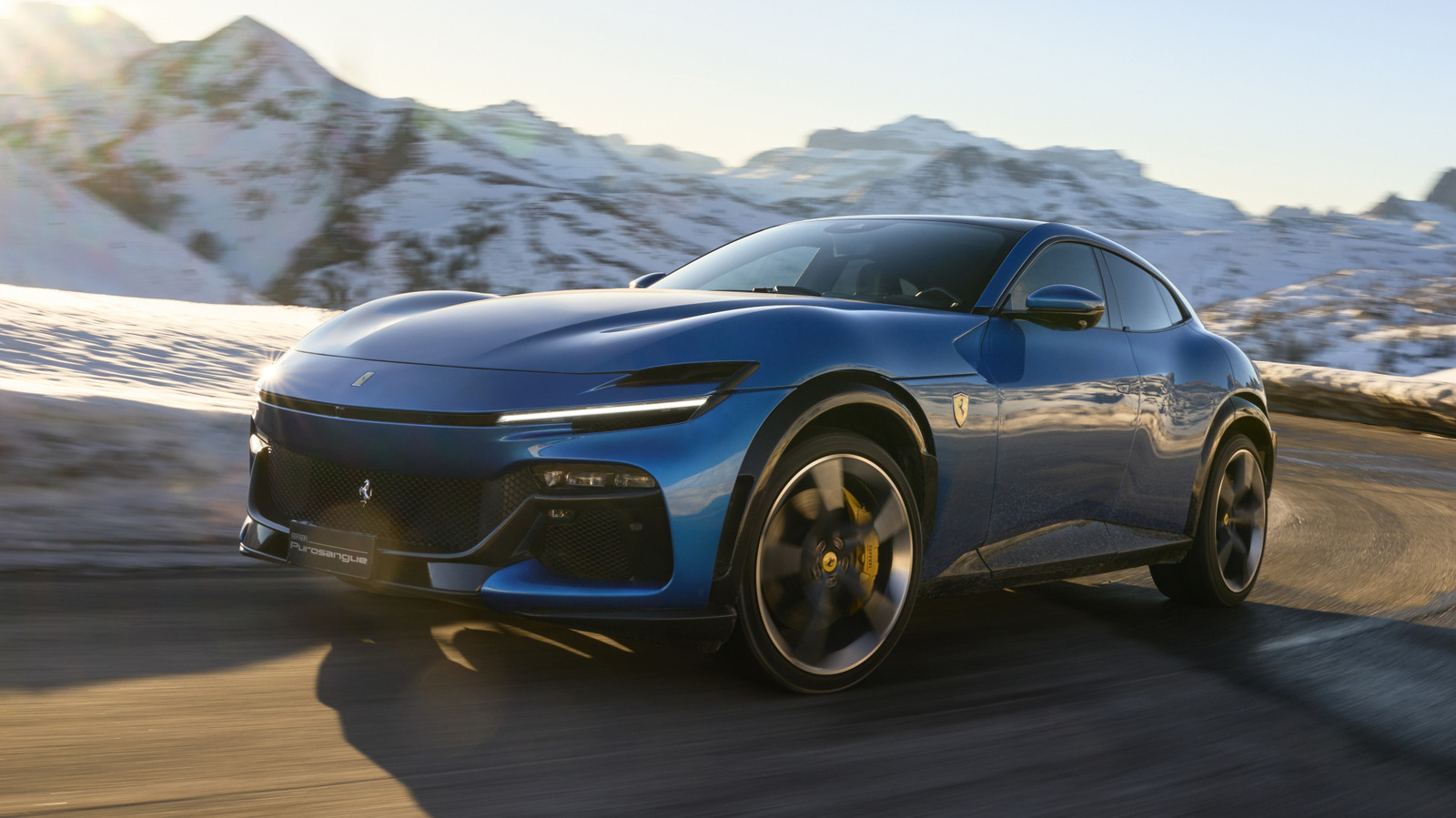
Lotus Evija Redefines Speed Records as the Fastest Accelerating Road Car Ever Tested
 Bonkers new Lotus has broken our 0-200mph benchmark - but not others
Bonkers new Lotus has broken our 0-200mph benchmark - but not others
The Autocar Road Test first appeared in print in April 1928. Since then, thousands of cars have been given the treatment.
Our testing methods have developed over time, but our results with accompanying empirical testing, have remained rigorous and fiercely independent.
The £2million, 2013bhp Lotus Evija hypercar has smashed several records, cutting our established 0-200mph benchmark by a massive 40 per cent.
Its superiority is not as broad as you might think, though. As monumental as the Lotus is, it doesn’t actually take the crown of our 0-60mph test or 0-100mph test. Intrigued? Keep scrolling to discover the fastest accelerating cars to ever hit our timing gear.
Autocar’s landmark ten-page road test of the £2mil, 2013bhp Evija is in the 30th July print issue of Autocar, on newsagents’ shelves today, which is also available in digital form here.
0-60mph
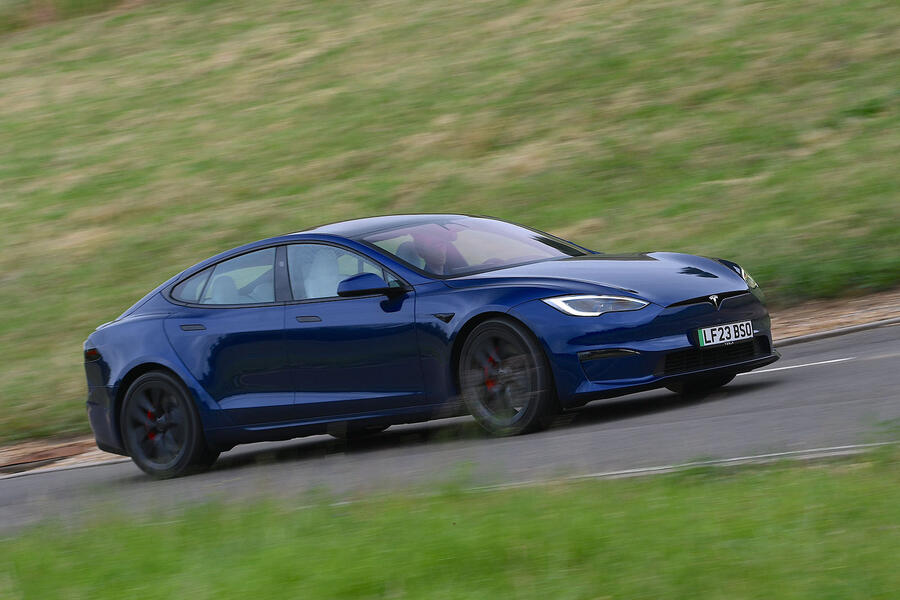
1. Tesla Model S Plaid (2023) - 2.4sec
=2. Ferrari SF90 Stradale (2021) - 2.5sec
=2. Porsche 911 Turbo S (2022) - 2.5sec
=2. Lamborghini Revuelto (2024) - 2.5sec
=5. Bugatti Veyron Super Sport (2011) - 2.6sec
=5. Porsche 918 Spyder (2014) - 2.6sec
=5. Porsche Taycan Turbo S (2024) - 2.6sec
0-100mph
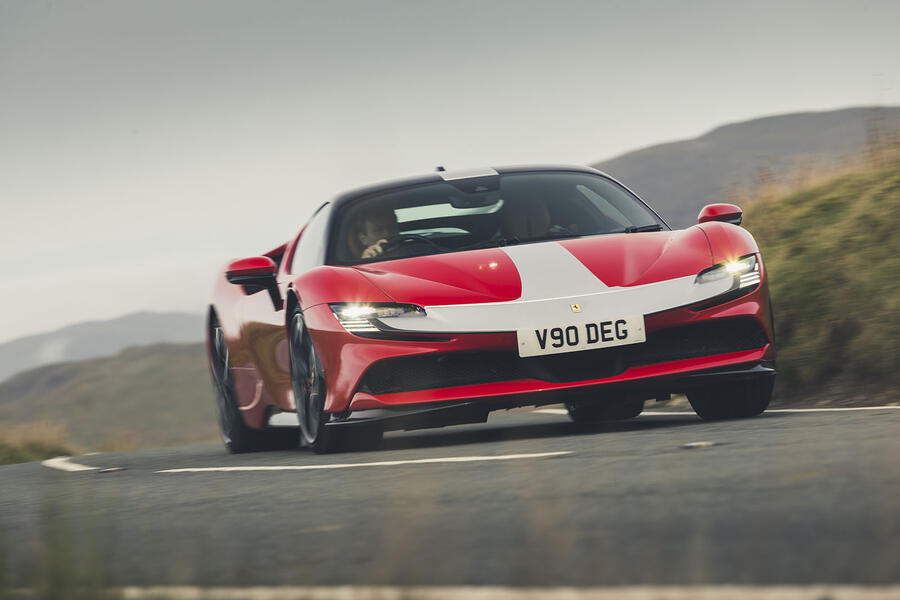
1. Tesla Model S Plaid (2023) - 4.6sec
=2. Ferrari SF90 Stradale (2021) - 4.8sec
=2. Lamborghini Revuelto (2024) - 4.8sec
=2. Lotus Evija (2025) - 4.8sec
5. Bugatti Veyron Super Sport (2011) - 5.0sec
0-150mph
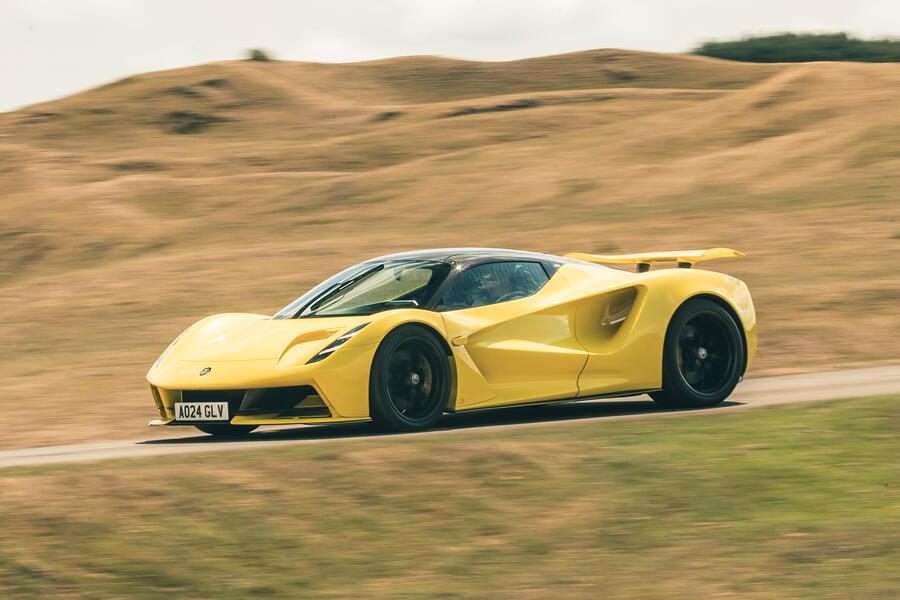
1. Lotus Evija (2025) - 7.7sec
2. Tesla Model S Plaid (2023) - 9.4sec
3. Lamborghini Revuelto (2024) - 10.0sec
4. Bugatti Veyron Super Sport (2011) - 10.2sec
5. Ferrari SF90 Stradale (2021) - 10.4sec
0-200mph
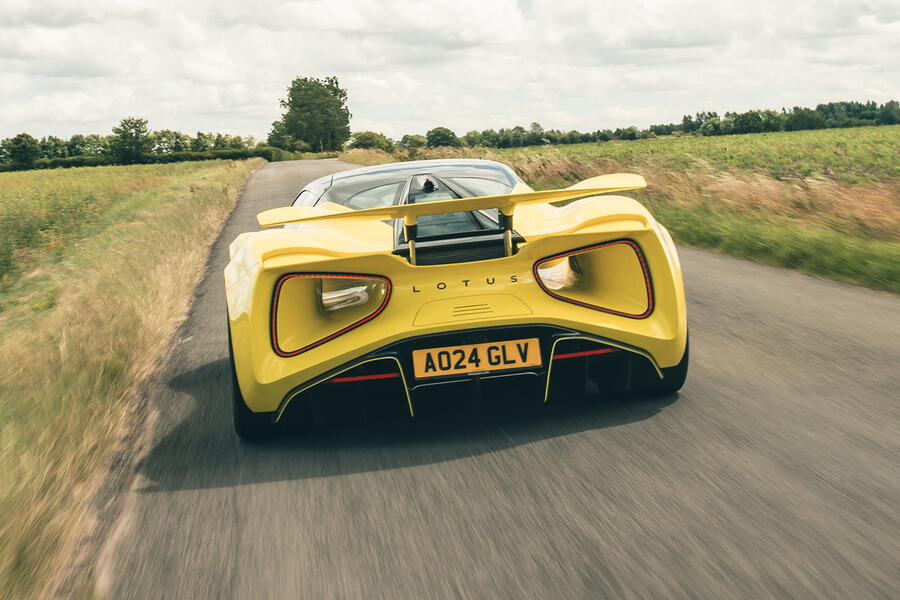
1. Lotus Evija (2025) - 13.0sec
2. Bugatti Veyron Super Sport (2011) - 22.2sec
3. McLaren F1 (1994) - 28.0sec
Standing 1.4mile
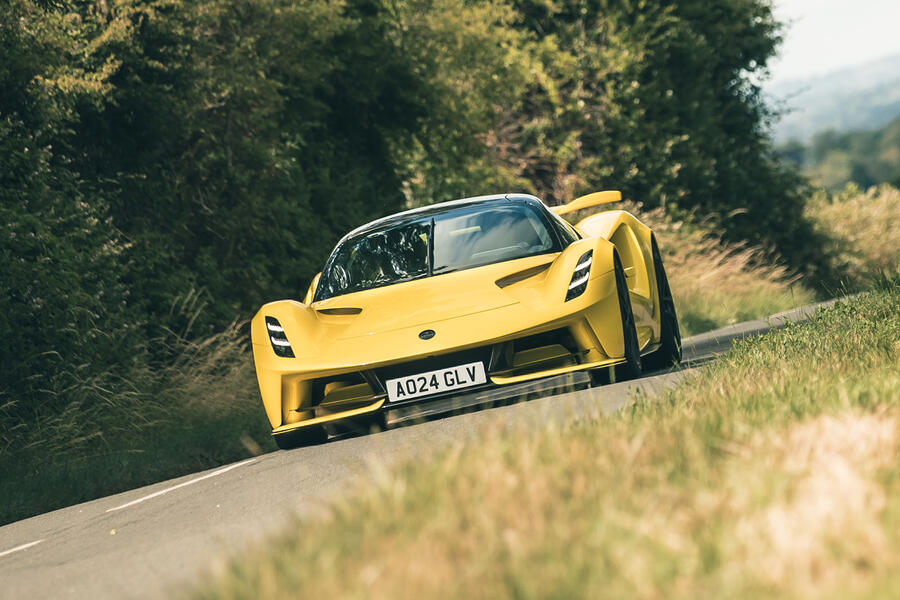
1. Lotus Evija (2025) - 9.5sec at 171.6mph
2. Tesla Model S Plaid (2023) - 9.6sec at 152.1mph
3. Lamborghini Revuelto (2024) - 9.9sec at 149.3mph
4. Ferrari SF90 Stradale (2021) - 9.9sec at 146.8mph
5. Bugatti Veyron Super Sport (2011) - 10.1sec at 147.9mph
Standing km
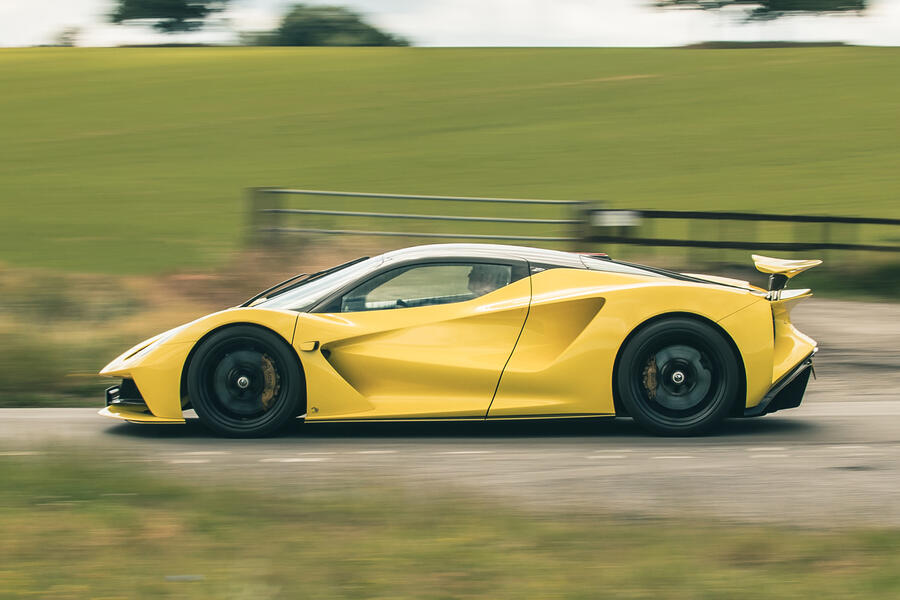
1. Lotus Evija (2025) - 16.2sec at 217.4mph
2. Lamborghini Revuelto (2024) - 17.7sec at 186.6mph
3. Ferrari SF90 Stradale (2021) - 17.9sec at 184.2mph
4. Tesla Model S Plaid (2023) - 17.9sec at 158.5mph
5. Bugatti Veyron Super Sport (2011) - 18.0sec at 183.4mph
Lifted Plymouth Volare Transforms Into the Ultimate Adventure Wagon

Find Your Next Home With Ease: New Property Listings Highlight Electric Vehicle Charging Access
 House-hunting website partners with Vauxhall to boost visibility of EV charging infrastructure
House-hunting website partners with Vauxhall to boost visibility of EV charging infrastructure
One of the UK's biggest property websites will now tell you how easy it is to charge electric vehicles at the house or flat you're viewing.
Zoopla has partnered with Vauxhall to make it easier for buyers and renters to find homes that are near public chargers or which have a domestic charger installed already.
It has added new details to each listing on its website and app, revealing the distance between a house or flat and its nearest public charger – as it does already for schools and train stations – using data provided by energy company Octopus.
Zoopla users will also be able to filter out properties that aren't equipped with home chargers from their results.
The move comes in response to a Vauxhall-backed survey which found that 40% of buyers would consider proximity to EV charging facilities when next moving house.
A third of the survey's 2000 respondents also said that a lack of accessible EV charging would deter them from a property - and that figure was as high as 84% for existing EV drivers.
Vauxhall notes that the average UK home owner stays in one property for 17 years, so homes being purchased today will take the majority of buyers "well beyond the introduction of the forthcoming ban of new petrol and diesel car sales".
The partnership with Zoopla is part of Vauxhall's 'Electric Streets of Britain' campaign, which aims to accelerate the roll-out of on-street EV charging infrastructure, in recognition that 40% of UK households don't have a driveway so can't easily have a home charger installed.
Recent analysis by Zoopla of its listings found that just 1.6% explicitly mentioned EV charging capacity, despite electric cars now accounting for around a fifth of new car sales.
"This comparison highlights the risk of property agents missing an opportunity to demonstrate a feature of a house or flat that is becoming increasingly vital for consumers," the company said.
Firefighters Rescue Curious Cat Trapped in Cadillac Engine Bay

Nürburgring Ends 16-Year Saga by Removing Troubled Ring Racer Roller Coaster
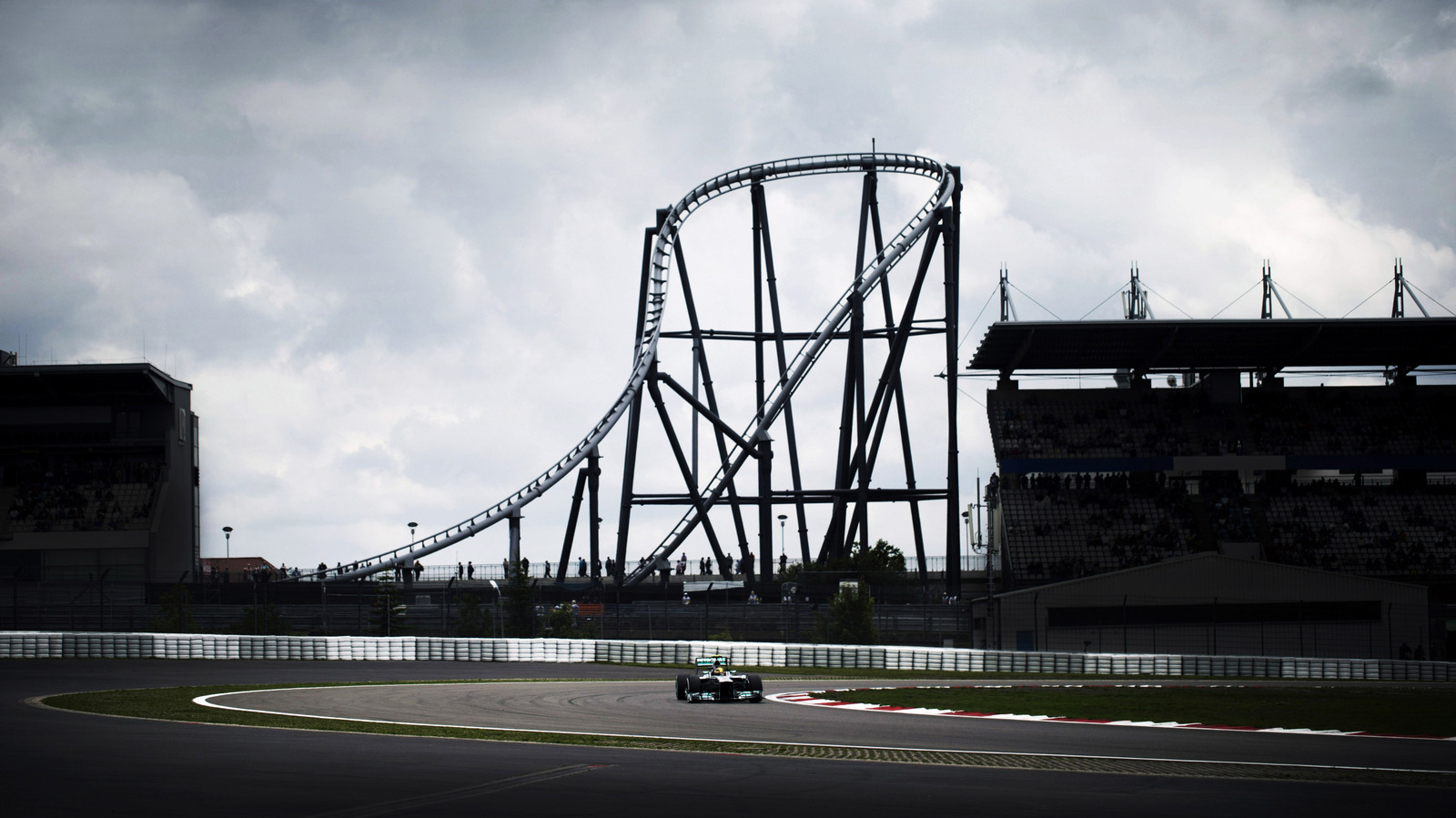
Australia Keeps Apple CarPlay and Android Auto in Cadillac EVs While Others Miss Out
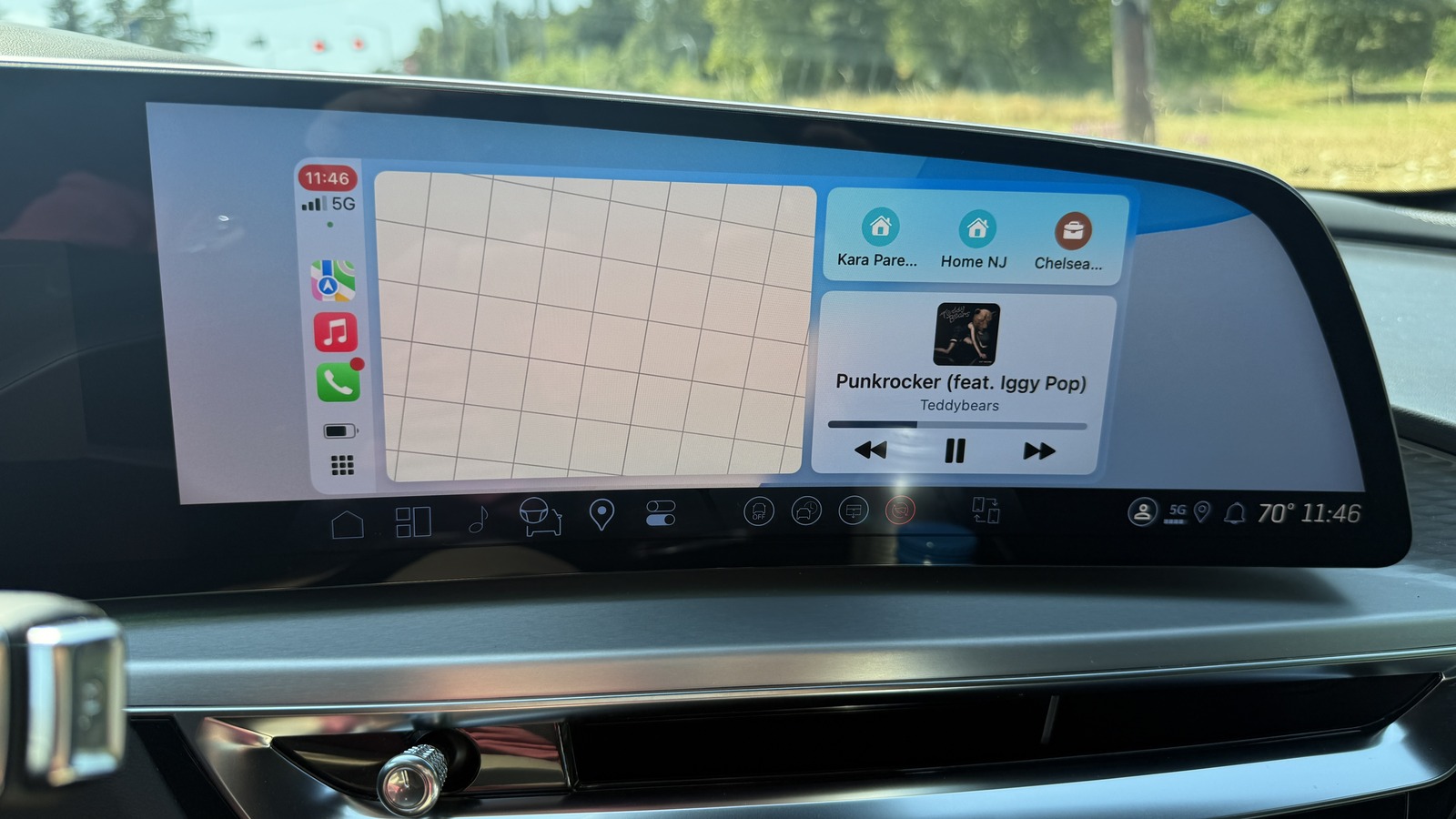
Audi Unveils Striking Electric Sports Car Concept Ahead of Global Debut
